Mastering the most popular home design practices
Your home is your sanctuary, and creating a space that is both functional and beautiful is essential for your well-being. That’s why mastering the most popular home design practices, including the Arts of Feng Shui, Hygge, and Wabi Sabi can be a game-changer for your apartment. Whether you’re looking to create a more comfortable living space or in the midst of a move and need Boise moving and storage experts to keep your belongings safe and secure, these practices emphasize the importance of creating a space that promotes relaxation, positive energy flow, and a sense of calm. In this article, we will explore each of these design practices in detail and provide tips on how to apply them in your apartment.
Feng Shui: The art of positive energy flow
Feng Shui is an ancient Chinese practice that dates back to over 3,000 years ago. The term Feng Shui is composed of two Chinese words, “Feng” and “Shui,” which mean wind and water, respectively. According to ancient Chinese philosophy, wind and water are two of the five elements that form the basis of the universe, and the flow of energy or “chi” in the environment can be influenced by these elements.
Feng Shui is one of the most popular home design practices. However, it can also be applied to other areas of life, such as business and personal relationships. After you’ve finished moving into your dream home with the help of local movers Boise residents use, the next step is to create a space that promotes positive energy flow, one can attract abundance, happiness, and success in all aspects of their life.
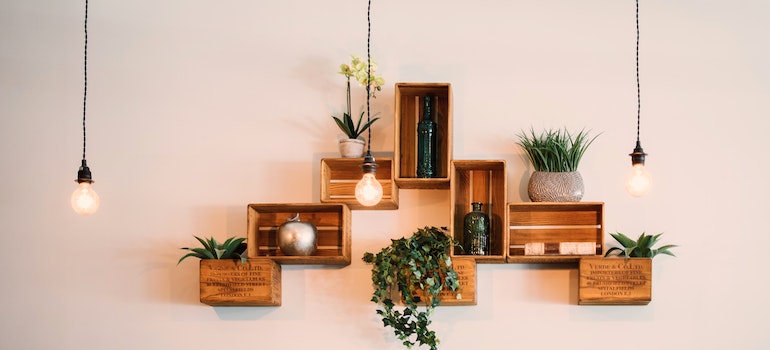
Aim of Feng Shui
Feng Shui is based on the principle that everything in the universe is interconnected and that the flow of energy can be directed and harnessed to create balance and harmony in one’s surroundings. The goal of Feng Shui is to create a space that promotes good health, prosperity, and happiness. The practice involves using specific colors, materials, and arrangements to balance the energy flow in a space. As well as incorporating the five elements in a balanced way to promote positive energy flow.
The five elements of Feng Shui (water, wood, fire, earth, and metal) represent different aspects of life and are used to create balance and harmony in a space. Incorporating each of the five elements in your decor can promote positive energy flow. For example, water is associated with wealth and abundance, so incorporating a water feature in the wealth area of your space can enhance prosperity.
Tips for incorporating Feng Shui in your home
Firstly, clutter is a major obstacle to positive energy flow. Therefore, it is important to make sure your apartment is free of clutter and organized. By putting your redundant items into temperature controlled storage Boise locals recommend, you will promote a sense of calm and order, allowing positive energy to flow freely.
Incorporating natural elements like plants, stones, and water into your decor is another way to promote positive energy flow. These elements are said to promote a sense of calm and relaxation, making your living space feel more harmonious. Color also plays a big role in Feng Shui. Choosing colors that promote positive energy, such as green for growth, blue for tranquility, and purple for abundance, can help to create a more harmonious living space.
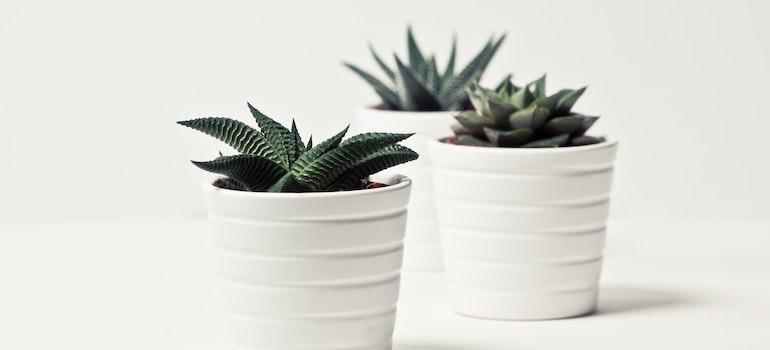
Lastly, your entrance is the first thing people see when they enter your apartment. Therefore, creating a welcoming entrance is essential to promoting positive energy flow. Adding plants or a water feature to your entrance can create a sense of calm and relaxation, making your living space more inviting and welcoming.
Hygge: Creating a cozy and warm space
Hygge is a Danish concept that describes a feeling of coziness, warmth, and contentment and one of the most popular home design practices today. These feelings are exactly what you need after finishing up with your moving services Boise ID moving companies offer. Hygge is often associated with winter and is used as a way to combat the long, dark, and cold Danish winters. The use of textures and fabrics is another essential aspect of hygge. Soft, natural materials such as wool, cotton, and cashmere are used to create a cozy and inviting atmosphere. Layering fabrics and adding throw blankets and pillows can also enhance the feeling of comfort and warmth.
Incorporating elements of hygge into your home can be as simple as adding a few candles, a soft throw blanket, or a warm rug. It is about creating a space that promotes relaxation, comfort, and contentment. By embracing the concept of hygge, you can create a cozy and inviting space that promotes a sense of well-being and happiness.
Aim of Hygge
Hygge is not just about physical comfort but also about creating a cozy atmosphere that promotes relaxation and contentment. This can be achieved through the use of warm lighting, soft fabrics, and comfortable furniture. Candles are also a crucial part of hygge and are used to create a warm and inviting atmosphere.
Hygge is also about creating a sense of connection with others. Sharing a meal with friends and family or spending time with loved ones in a cozy and inviting space can create a feeling of togetherness and contentment. Hygge is not about extravagance or material possessions but is instead focused on creating a comfortable and welcoming space that promotes a sense of well-being.
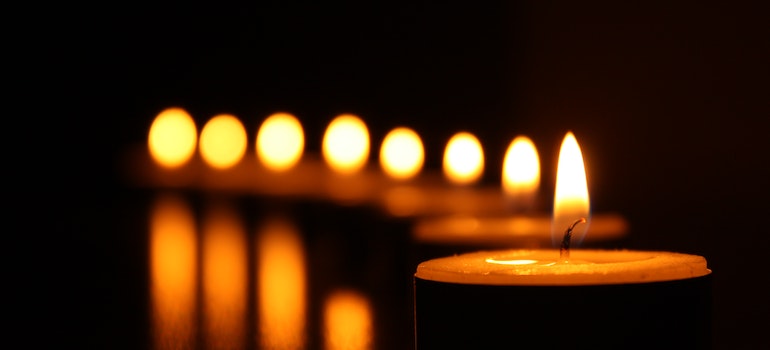
Tips for incorporating Hygge in your home
Warm colors are essential to creating a Hygge atmosphere. Choosing warm yellows, oranges, and reds can help to create a feeling of warmth and comfort in your living space. Adding soft textures to your decor is another way to create a cozy atmosphere. Blankets, pillows, and rugs add warmth and comfort to your space, making it feel inviting and comfortable.
Using natural materials like wood, wool, and leather in your decor can also add warmth and texture to your living space. These materials have a natural, organic feel that is essential to creating a Hygge atmosphere. Creating a cozy nook is another great way to add a touch of Hygge to your living space. Adding a comfortable chair or a pile of pillows and blankets can make the space feel inviting and cozy, creating the perfect spot to curl up with a book or a cup of tea.
Lastly, candles are an essential part of Hygge. They create a warm, cozy atmosphere and add a touch of romance to your space. Adding candles to your living space can create a sense of calm and relaxation, making your space feel more inviting and comfortable.
Wabi Sabi: Embracing imperfection and simplicity
Wabi Sabi is a Japanese philosophy that embraces the beauty of imperfection, transience, and simplicity. The concept of Wabi Sabi is deeply rooted in Japanese culture and has influenced many aspects of Japanese life, including art, design, and architecture. In Wabi Sabi design, the focus is on creating a space that is simple, natural, and uncluttered. Natural materials such as wood, stone, and clay are often used, and the design is kept minimalistic and understated. Be careful with using wood furniture as it can be quite fragile, look into furniture installation services to avoid any damage to your Wabi Sabi inspired furniture pieces.
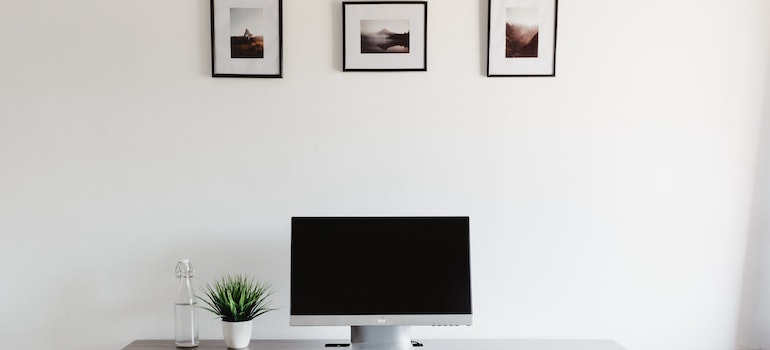
The imperfections in natural materials are celebrated in Wabi Sabi design, and often the flaws and irregularities are highlighted rather than concealed. For example, a wooden table may have knots and grain variations, which are considered beautiful and unique. Incorporating Wabi Sabi elements into your home can be as simple as incorporating natural materials and simple, rustic decor. It is about embracing the imperfections and finding beauty in the natural and organic. By embracing the philosophy of Wabi Sabi, you can create a space that is peaceful, authentic, and truly unique.
Aim of Wabi Sabi
At its core, Wabi Sabi is about finding beauty in imperfection and accepting the natural cycle of growth, decay, and renewal. It is about embracing the imperfect, the impermanent, and the incomplete. This philosophy celebrates the beauty of things that are simple, rustic, and unrefined, and values the natural and organic over the artificial and synthetic.
Wabi Sabi also emphasizes the use of objects that have a history and a story. Antiques, handmade items, and objects that show signs of use and wear are valued in Wabi Sabi design. These items have a sense of history and authenticity that adds to the overall aesthetic of the space. In Wabi Sabi design, the focus is on creating a space that is calming and serene, promoting a sense of peace and tranquility. Natural light is essential, and the use of muted and earthy colors adds to the overall sense of simplicity and harmony.
Tips for incorporating Wabi Sabi in your home
Wabi Sabi is all about finding beauty in imperfection, so don’t be afraid to incorporate imperfect elements into your decor. A chipped vase or a frayed rug can add character and interest to your living space. Using natural materials is another essential aspect of Wabi Sabi. Materials like wood, stone, and linen have a natural beauty that is enhanced by imperfections. These materials add texture and warmth to your space.
Simplicity is key to creating a Wabi Sabi living space. Avoid clutter and unnecessary decoration. Put all of the excess in your home in portable storage Boise minimalists use and focus on clean lines and minimalism, letting the natural beauty of your materials take center stage. Highlighting natural elements is another way to embrace Wabi Sabi. Plants, rocks, and driftwood add a touch of rustic beauty to your living space, celebrating the beauty of nature.
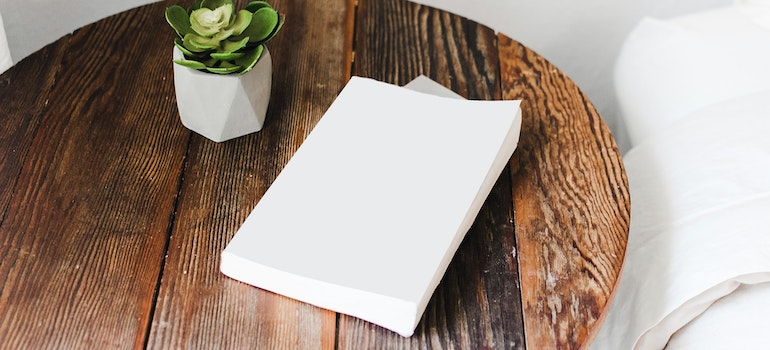
Combining the most popular home design practices
Each of these design practices has its own unique approach and principles. However, they can also be combined to create a space that is both functional and beautiful. Here are some tips for combining these practices in your apartment:
- Use natural elements: All three of these design practices emphasize the use of natural elements. Incorporate plants, stones, and other natural materials into your decor to create a space that is both beautiful and calming.
- Emphasize simplicity: All three of these practices emphasize simplicity and minimalism. Avoid clutter and unnecessary decoration. Focus on clean lines and natural materials.
- Use warm, muted colors: Both Hygge and Wabi Sabi emphasize warm, muted colors. Use shades of brown, gray, and green to create a space that is both calming and inviting.
- Create a cozy nook: Both Hygge and Wabi Sabi emphasize the importance of creating a cozy nook. Use comfortable chairs, pillows, and blankets to create a space where you can relax and recharge.
- Incorporate positive energy flow: Feng Shui emphasizes the importance of positive energy flow in a space. Arrange your furniture in a way that promotes positive energy flow.
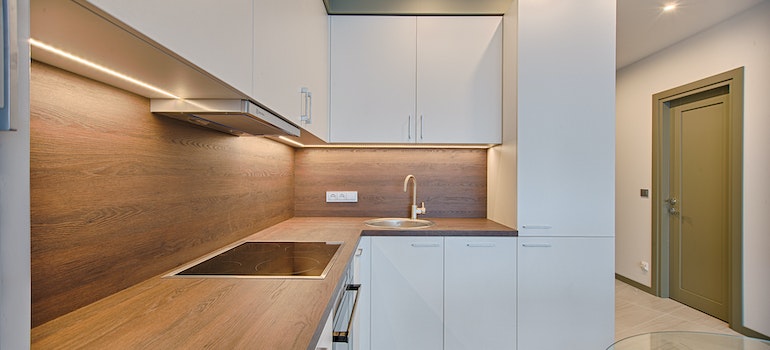
Transform your apartment into a sanctuary
Mastering the most popular home design practices can promote relaxation, positive energy flow, and a sense of calm. Each design practice has its own unique approach and principles. However, they all share the common goal of creating a space that is both functional and beautiful. Maybe you’ll choose to focus on one practice or combine elements of all three. However, all of these design practices offer a roadmap for creating a space that supports your wellbeing and nurtures your soul.

